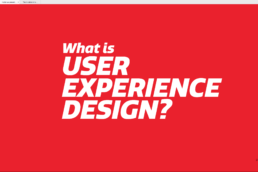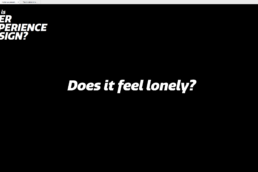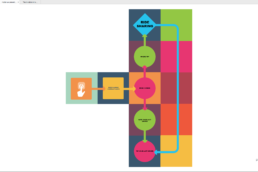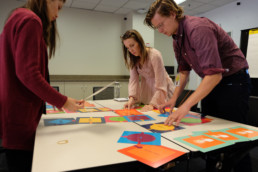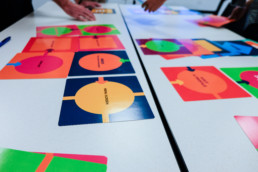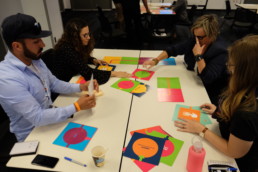The Invisible Art of UX
Understanding your user is not just about data; it’s an art form that demands empathy. But what does empathy really mean in the context of UX design? It’s not just about feeling sorry for someone—that’s sympathy. Empathy is the ability to step into someone else’s shoes and see the world from their perspective. This is the cornerstone of creating user experiences that not only meet but exceed expectations.
"Developing true empathy for your user will allow you to walk in their shoes, get in their heads and anticipate their needs."
The Science & Soul of UX
Bridging Data and Humanity in Design
In today’s digital landscape, companies are more data-driven than ever. They leverage a plethora of tools and technologies to understand their users. From trend reports that analyze consumer behavior to machine learning algorithms that predict future needs, the arsenal is vast. These scientific approaches offer invaluable insights, no doubt. They help us understand patterns, preferences, and even predict future behaviors.
However, these tools and data points are just the tip of the iceberg. They offer a snapshot but not the full picture. They can tell you what a user might click next, but they can’t tell you why a user feels a certain way. They can predict a user’s next move, but they can’t predict how that move makes them feel. This is where the soul of UX comes into play.
The ‘soul’ is the emotional and psychological aspect of user experience that data alone can’t capture. It’s the reason why some products are just more enjoyable, more addictive, or simply more meaningful to users. It’s the intangible quality that turns ordinary users into loyal advocates. It’s what makes a user feel understood, seen, and valued.
So how do we capture this elusive ‘soul’? By integrating empathy into our design process. Empathy allows us to go beyond the what and the how, diving deep into the why. It enables us to understand not just the action but the motivation behind the action. It’s the key to creating experiences that resonate on a deeper, emotional level.
In essence, the most impactful user experiences are born when science and soul coalesce. When data-driven strategies are infused with empathetic design, we create products that are not only efficient but also emotionally resonant. And that’s the ultimate goal of UX: to create experiences that people don’t just use, but love.
The Power of Empathy
Empathy allows you to walk in your user’s shoes, understand their dream scenarios, and deliver those dreams through your product. Once you’ve achieved this level of understanding, you’re not just designing for them—you’re designing with them.
"User Experience design is an invisible art because a user will only notice it, when they are frustrated by it."
The Art of Asking Questions
As you develop your product, ask:
- Is it fun or frustrating?
- Is it warm or cold?
- Is it social or solitary?
These questions lay the foundation for products that are deceptively simple to use yet profoundly impactful.
The Ultimate Questions
For every interaction, ask:
- What can happen next?
- How should it happen?
- And most importantly, why?
Challenging the Norms
Take Snapchat, for example. Its interface was initially frustrating but eventually set a new standard for app navigation. Don’t be afraid to challenge existing norms; sometimes, that’s exactly what your users need.
Conclusion
User Experience design is an invisible art because it only becomes noticeable when it fails. So, aim to create products that not only meet but exceed user expectations, and in doing so, become an invisible master of this crucial art form.









